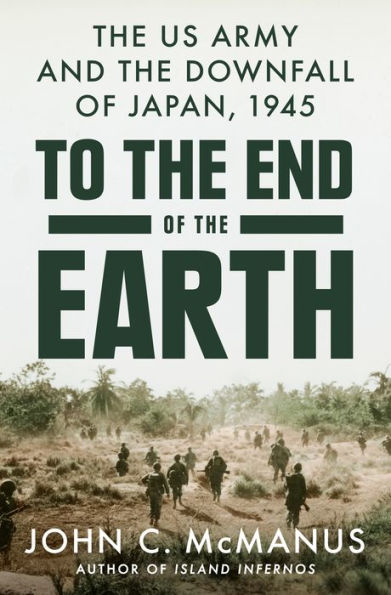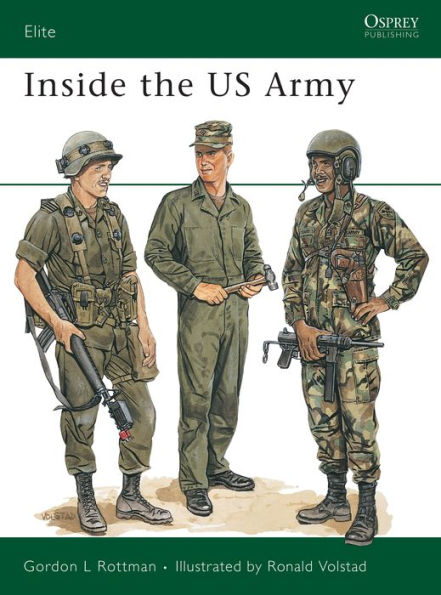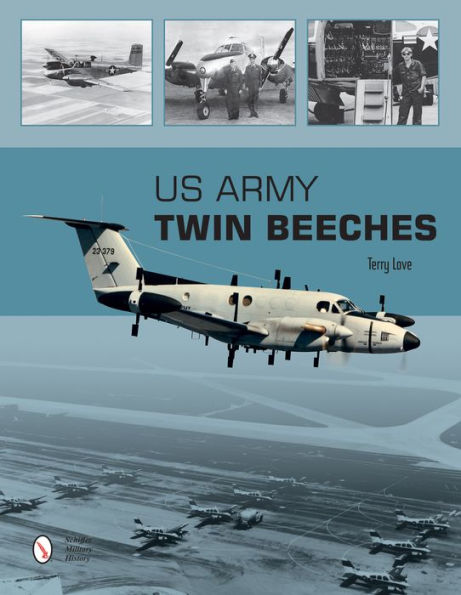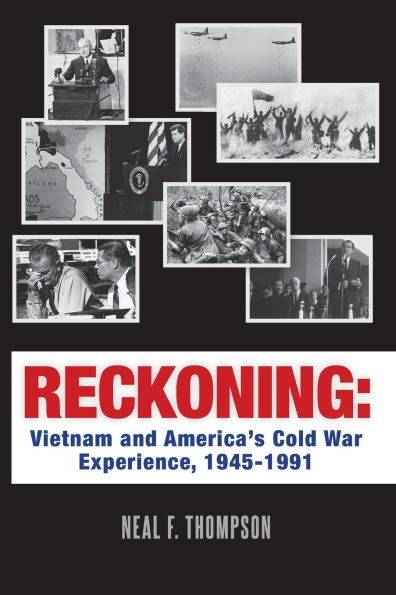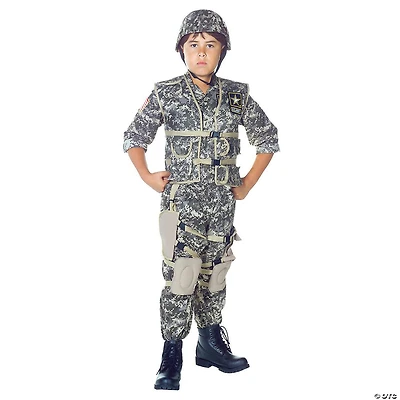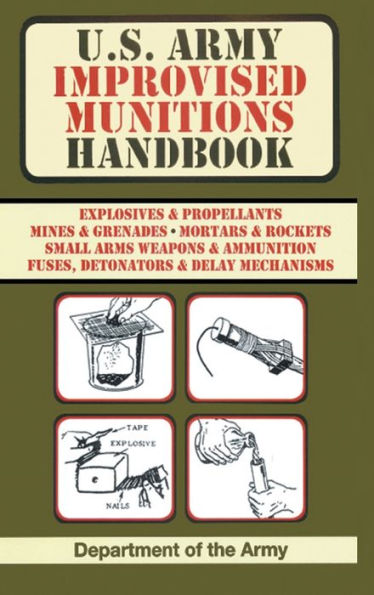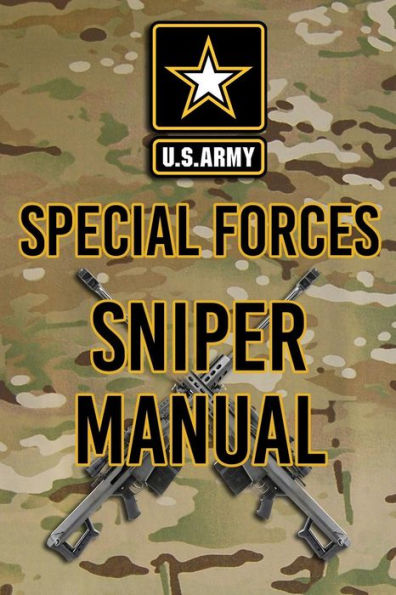Home
Building for Peace: U.S. Army Engineers in Europe, 1945-1991
Barnes and Noble
Loading Inventory...
Building for Peace: U.S. Army Engineers in Europe, 1945-1991 in Franklin, TN
Current price: $29.99
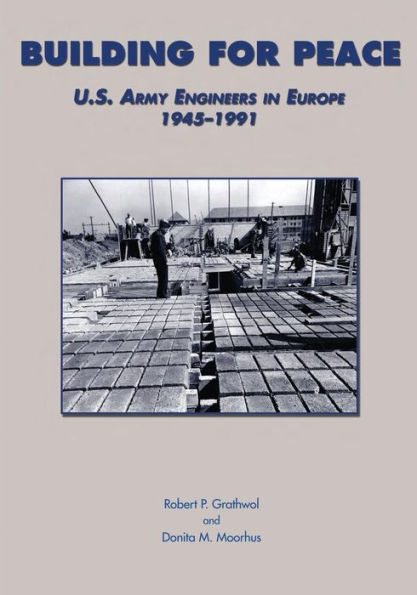
Barnes and Noble
Building for Peace: U.S. Army Engineers in Europe, 1945-1991 in Franklin, TN
Current price: $29.99
Loading Inventory...
Size: OS
Most of the large wars between the end of World War II in 1945 and the collapse of the Soviet Union in 1991 were fought in Asia and the Middle East. Europe, where no war was fought, ironically was the epicenter of the Cold War. The stakes were highest there for both sides as two fundamentally opposed ideologies and political systems confronted each other across the so-called Iron Curtain. Both sides saw war in Europe as an Armageddon that could bring total victory or catastrophic defeat, and both sides focused and shaped their strategies and military forces to fight that war. By the time the Cold War ended in 1989 with the destruction of the Berlin Wall-the Iron Curtain incarnate-both sides had spent huge sums of money and devoted vast human resources to preparing for a war that never came. A major fraction of the resources expended during the Cold War were devoted to the physical infrastructure that housed, trained, fed, armed, protected, and diverted the soldiers of the United States and the North Atlantic Treaty Organization (NATO) for almost half a century. The U.S. Army Corps of Engineers played a central role in building and maintaining that infrastructure. This history examines the engineers' work in detail, chronicling their design and construction activities in support of the U.S. and NATO forces that stood on the front lines of the Cold War. "Building for Peace" tells the story of the often unglamorous but nevertheless critical missions of engineer officers and civilians and private contractors. It reflects the twists and turns of the Cold War's history and the effect these had on the engineering itself. Engineers, like their counterparts in other branches and services, worked tirelessly and often against great odds to defend the West.
Most of the large wars between the end of World War II in 1945 and the collapse of the Soviet Union in 1991 were fought in Asia and the Middle East. Europe, where no war was fought, ironically was the epicenter of the Cold War. The stakes were highest there for both sides as two fundamentally opposed ideologies and political systems confronted each other across the so-called Iron Curtain. Both sides saw war in Europe as an Armageddon that could bring total victory or catastrophic defeat, and both sides focused and shaped their strategies and military forces to fight that war. By the time the Cold War ended in 1989 with the destruction of the Berlin Wall-the Iron Curtain incarnate-both sides had spent huge sums of money and devoted vast human resources to preparing for a war that never came. A major fraction of the resources expended during the Cold War were devoted to the physical infrastructure that housed, trained, fed, armed, protected, and diverted the soldiers of the United States and the North Atlantic Treaty Organization (NATO) for almost half a century. The U.S. Army Corps of Engineers played a central role in building and maintaining that infrastructure. This history examines the engineers' work in detail, chronicling their design and construction activities in support of the U.S. and NATO forces that stood on the front lines of the Cold War. "Building for Peace" tells the story of the often unglamorous but nevertheless critical missions of engineer officers and civilians and private contractors. It reflects the twists and turns of the Cold War's history and the effect these had on the engineering itself. Engineers, like their counterparts in other branches and services, worked tirelessly and often against great odds to defend the West.

